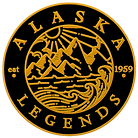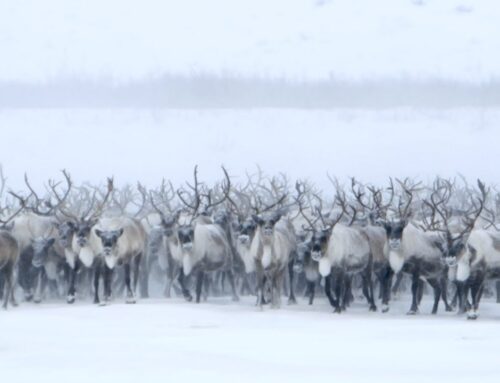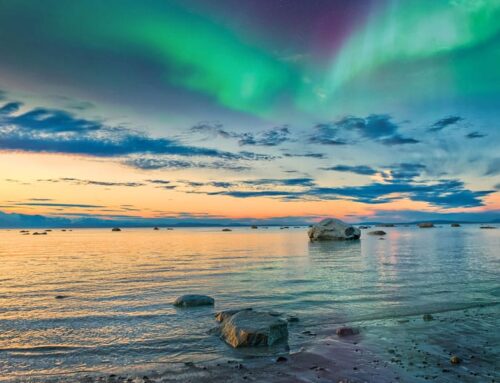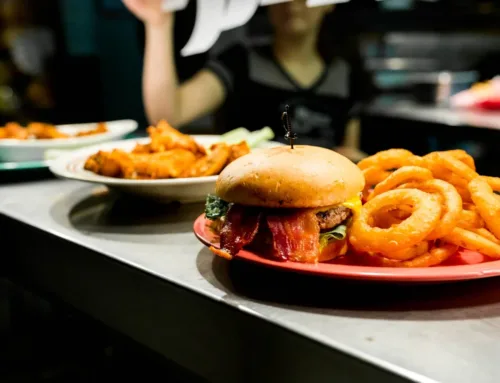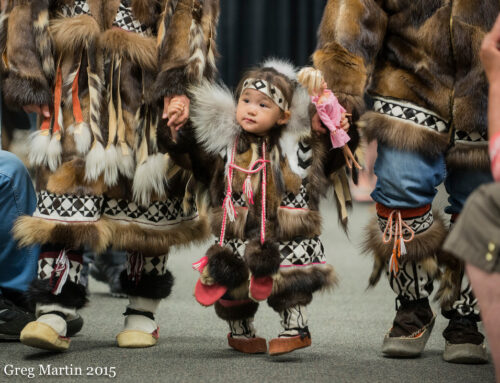In March 1936, M.D. Snodgrass had big plans to organize a fair in Palmer. Snodgrass led the committees to plan this first fair, which was seen as a replacement for the Western Alaska Fair in Anchorage, which had shut down. The Northland Pioneer Grange No. 1 formed the Matanuska Valley Agricultural and Industrial Fair Association, Inc. New settlers quickly joined both the Grange and the new Fair. They planned a four-day fair from September 4 to September 7. In 2016, the Fair celebrated its 80th anniversary.
The Grange raised $1,200 for the first Fair by selling stock. Admission was $1 for adults or $2 for a season pass, with free entry for children under 8. The first Fair was held around what is now the Matanuska-Susitna Borough building. The event coincided with the opening of the Knik River Bridge, which for the first time connected Anchorage and the Valley by road. Along with the railroad, this allowed people from all over the state to attend. Events included crowning the Fair Queen, a baby show, boxing matches, horse races, dances, a rodeo, and baseball games. There were also many agricultural entries, such as giant cabbages, grains, carrots, onions, celery, peas, and other vegetables. Since it started in 1936, the Fair has grown significantly and still retains its original charm. Today, visitors enjoy attractions like famous entertainers and carnival rides. However, the core of the fair is still rooted in the traditional values cherished by the first settlers: farming, produce, lots of food, flowers, friendship, and good old-fashioned fun. Fair attendance has steadily increased over the years. In 1998, the 18-day event drew a record-breaking 361,804 attendees. Another record was set in 2003 with 312,419 visitors over 12 days. In 2016, about 293,424 people attended the fair. The fair has always been dedicated to community health and well-being. In 2016, it became the first state fair in the U.S. to be completely smoke-free for the entire event, earning the American Lung Association’s 2016 Breathe Easy Champion Award. The fair also has an award-winning recycling program, started in 2002, which diverted 34,829 pounds of recyclables from the landfill last year. The Western Alaska Fair started in Anchorage in 1924 and ran until 1929. M.D. Snodgrass from the Matanuska Valley, a retired experiment station worker, spent the late 1920s recruiting settlers for the Alaska Railroad. He also helped establish the Northland Pioneer Grange No. 1 in Palmer on April 26, 1935. Most of the 54 founding members were settlers brought to Alaska by the Alaska Railroad. Hope to see you all there!

